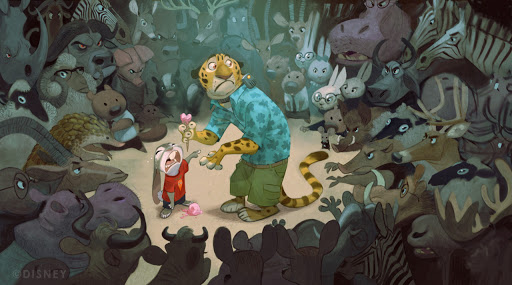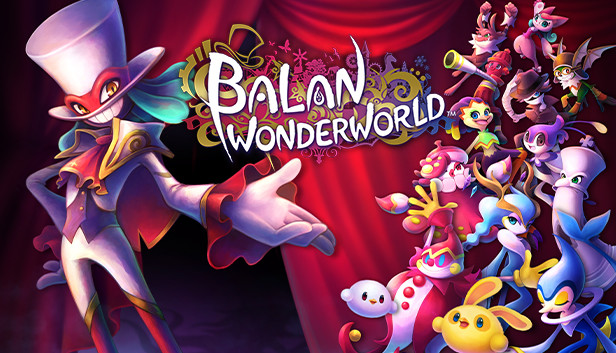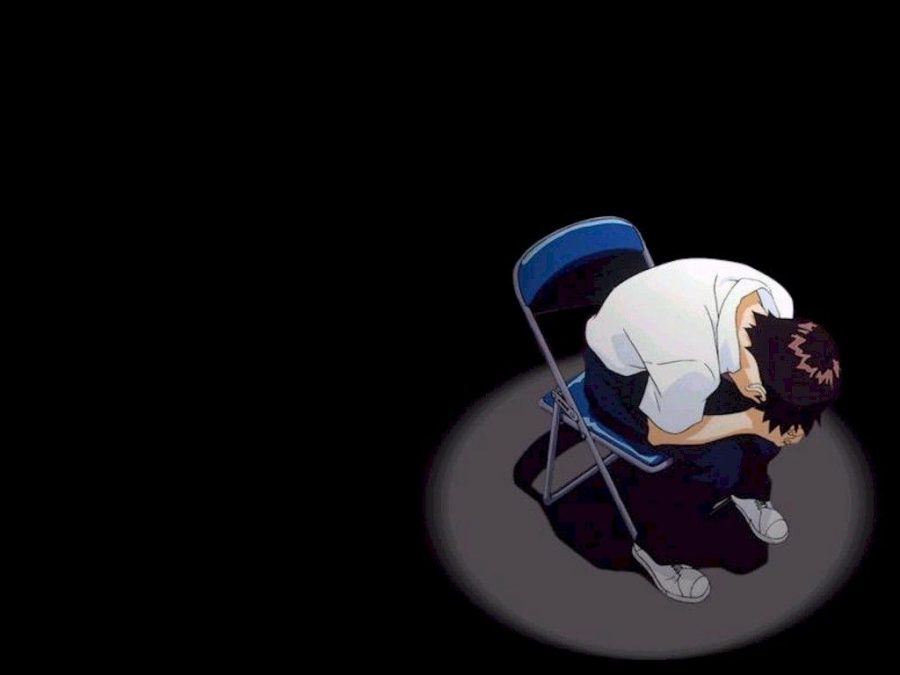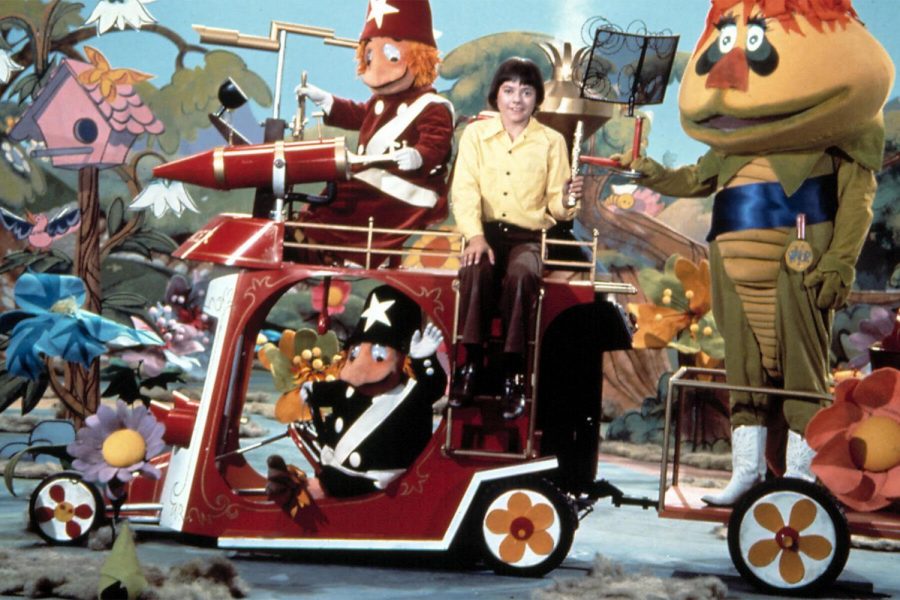
In this world of animated films, the process that tends to build the essential foundations of storytelling and plot is likewise that of masterful character design. With concept art as the prime building blocks of forming a memorable design, it is often no wonder that there is so much time and effort put into it in the first place.
For some characters, such as Woody from Toy Story, the end result may end up looking much better than what the artists may have initially started off with. However, for most of the films that we see nowadays, from major animation studios such as Disney and Dreamworks, it is growing more and more common to have wonderful and thought out designs be scrapped for the sake of making a more marketable and polished design, that may instead appeal to general audiences.
It has become much too common an occurrence where creativity is sold out to satisfy massive manufacturers and to please major corporations. This sacrifice tends to only produce more and more unoriginal films, further creating more and more unhappy audiences. This will lead to less memorable movies that will soon fizzle out and be forgotten.
One of the most egregious examples of beautiful concept art leading to a less-satisfying finished product is in the movie Frozen. The original design of Elsa itself, before it received the corporate treatment, was actually much more different than one you know. Her past design was based solely on the Russian movie Снежная королева, and the actual villain of the movie, the Snow Queen.
When you look at Elsa’s concept art, it is also easy to see the major differences in both character and design when it comes to Elsa and her sister, Anna. Elsa’s past designs exaggerated both her supernatural element and the type of character she is. They were bold, outgoing, sharp, and reactive, and that is exactly what good design should portray. Yet in the end, her design was nothing but the barebones needed to fit into the repetitive “Disney Princess” archetype. However, this was not the fault of the artists, but more a consequence of the animation industry and a corporate mindset.
Massive corporations, especially Disney and Dreamworks, tend to control all aspects of the final production of the film, and this is understandable. They perform the major executive decisions and fix up some errors before a film is ready for its official release.
However, a lot of great concepts end up being wiped out, or completely revamped and thrown aside, because of the fear of straying away from the main formula that has always succeeded for studios like Disney.
Another interesting example of this is the first concept art for the movie Zootopia and how carnivores would face more serious problems and discrimination when compared to herbivores. Most interestingly, there was originally a taming party scene, a very heartfelt and emotionally evocative scene that would have created much more of an impact for the overall film and the characters involved. And yet this scene was likely removed due to fears that it would be too “serious” and possibly impact the “sale” of the movie itself.
Lastly, a gripe that most avid and casual animated movie watchers share nowadays is the intense and well-formed hatred against remakes of popular beloved films. This is not to say that some remakes cannot be done well, of course. But with the constant regurgitation of remakes of films, that were the firsts of their kind, it is reasonable to see why most fans would simply see them as a tasteless, orchestrated attempt at making a few more million dollars.
From the constant bashing of creativity and the endless amount of money being stored into the creation of these soulless films ( like Mulan in 2020), with every passing decade we receive fewer and fewer memorable films. The fear is that eventually, there will be none at all.
Unfortunately, it seems that the film industry is not too keen on changing its ways. Due to this, audience members may be less willing to ask for more, or to ask for better, from their animated films.
Major corporations most heavily rely on the consumers themselves, and without us, they do not exist. Without consumers, there is no product, nor a movie or a franchise to sell at all.
In order to change the future of our films, and the animation industry for the better, we should demand for change and for more freedom when it comes to artistic integrity. We deserve better, and so do the future generations of children who wish to watch well-developed and designed animated films, rather than soulless remakes.











